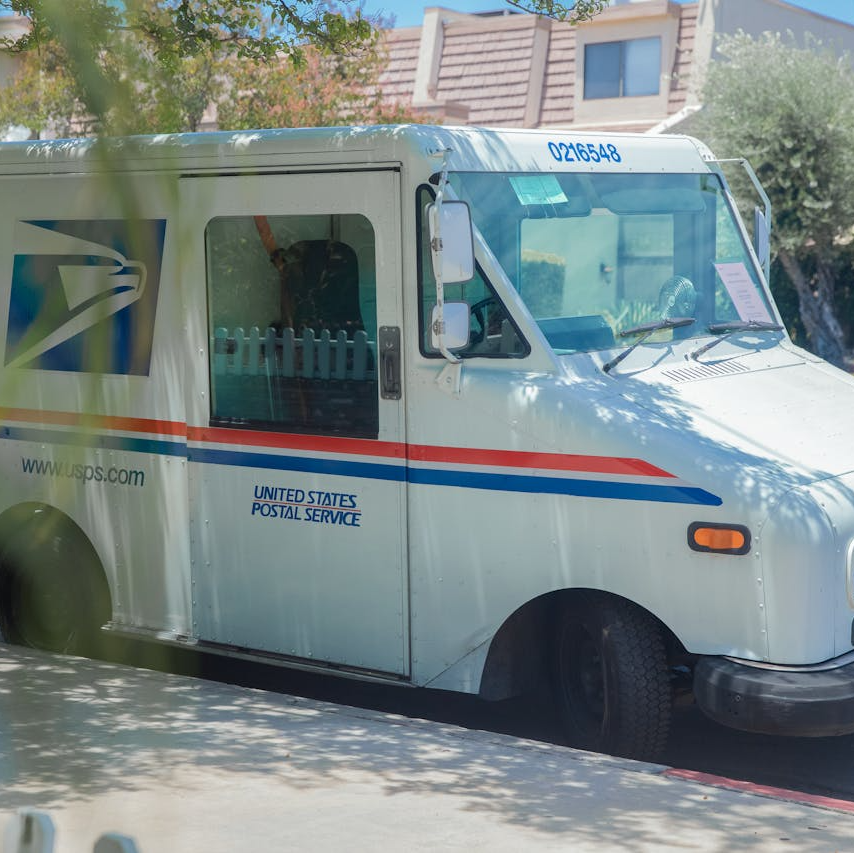Key Takeaways
-
A low premium may look attractive upfront, but high deductibles can significantly delay when your coverage actually begins to pay for services under a PSHB plan.
-
After age 65, when Medicare comes into play, your deductible situation under PSHB can change entirely—sometimes to your benefit, sometimes not.
The Allure of a Low Premium: What You’re Not Seeing
When you choose a Postal Service Health Benefits (PSHB) plan, it can be tempting to prioritize a lower monthly premium. It feels like you’re saving money, especially if you’re healthy and rarely need care. But what many postal workers and retirees discover too late is that low premiums often come with high deductibles—which can hit harder when you actually need services.
Deductibles are the amount you pay out-of-pocket before your plan starts covering anything. For some PSHB plans in 2025, this number can range from $350 to $2,000 depending on whether it’s a standard or high-deductible option. And if you choose a high-deductible plan to save on premiums, you might be putting yourself in a financial bind during an unexpected illness or injury.
How Deductibles Function Inside PSHB Plans
Every PSHB plan has a deductible structure. Here’s how they work in practice:
-
Annual Reset: Your deductible resets each calendar year, starting January 1.
-
Applies First: You must meet the deductible before most services like hospital visits, outpatient surgery, or advanced imaging are covered.
-
Some Exceptions: Routine preventive care (like annual checkups or flu shots) usually bypasses the deductible.
Even when you’re enrolled in a mid-tier PSHB plan, you may still need to pay hundreds or even thousands before the plan picks up costs.
The Financial Risk of Delayed Coverage
You might assume that your plan covers you from day one. But in truth, until you meet your deductible, you are effectively uninsured for many non-preventive services.
In 2025, consider what happens if you:
-
Need an emergency room visit
-
Have an outpatient surgery
-
Require physical therapy sessions
Each of these could cost hundreds to thousands, and you would be responsible for the full cost up to your deductible. If your deductible is $1,500, that’s your initial out-of-pocket expense before coinsurance even kicks in.
Low Premium vs. High Deductible: What’s the Trade-Off?
Let’s break down what a lower premium might really mean:
-
Lower monthly cost: You pay less out of your paycheck or annuity.
-
Higher risk: You pay more if you need care.
-
Budget unpredictability: You could go from paying little to owing thousands in a single week if you hit a medical issue.
For some postal retirees on fixed incomes, this risk may be unsustainable. A lower monthly premium can look good until you’re stuck paying the full deductible before the plan contributes.
What Happens After You Turn 65?
Once you reach age 65 and enroll in Medicare Part A and B, the game changes. Your PSHB deductible might not apply the same way, or at all, depending on:
-
How your PSHB plan coordinates with Medicare
-
Whether you’ve enrolled in Medicare Part B (which becomes mandatory in many cases starting in 2025)
If you’re fully enrolled in Medicare, your PSHB plan may act as secondary coverage. In many cases, Medicare pays first, and your PSHB plan picks up the rest, often waiving or reducing deductibles.
However, some retirees choose not to enroll in Part B. If you make that choice and remain on your PSHB plan alone, you could still be subject to the full deductible amounts, which may increase your out-of-pocket expenses dramatically.
Medicare Integration Can Be a Financial Lifeline
In 2025, most PSHB plans integrated with Medicare Part B offer the following benefits:
-
Deductible reduction or elimination
-
Lower coinsurance or copayments
-
Prescription drug coverage that builds on Medicare Part D
But again, these cost-sharing benefits are generally available only when you’re enrolled in both Medicare and PSHB. This makes the decision about enrolling in Medicare Part B more than just a medical one—it’s financial, too.
Annual Enrollment Choices Matter
Every year from November to December, you get the chance to review your PSHB plan. During this window, you should:
-
Re-examine your deductible: Has it increased?
-
Consider your Medicare status: Are you fully enrolled in both Part A and B?
-
Check the cost-sharing terms: What happens when you combine your plan with Medicare?
A low premium might seem attractive again during open season, but unless you account for the deductible and how it functions after 65, it might cost you far more down the line.
Why Younger Postal Workers Need to Think Long-Term
If you’re still working and under 65, you may think you can afford a higher deductible because you’re healthy and have time to plan. But this is a narrow view:
-
Injuries happen unexpectedly
-
Illness doesn’t follow a schedule
-
Health costs tend to rise with age
Choosing a lower premium PSHB plan with a higher deductible now can cost you later, especially if you develop chronic conditions, need frequent care, or transition to retirement earlier than expected.
Comparing Deductibles: What to Look For
When comparing PSHB plans this year, don’t just look at premiums. Dig into these:
-
In-network vs. out-of-network deductibles: Out-of-network care can cost far more.
-
Family vs. individual deductibles: Make sure you know if one member needs to meet the full family deductible.
-
How deductible interacts with coinsurance: After meeting the deductible, you may still owe 10% to 30% of service costs.
It’s all in the fine print—and that print matters more than ever.
Tools You Can Use to Estimate Costs
Don’t just guess at how much your deductible will cost you in practice. Use available tools:
-
PSHB brochures: These include benefit summaries and cost scenarios.
-
Plan comparison charts: These can help you line up premium vs. deductible trade-offs.
-
Toll-free help lines: They can clarify deductible terms.
Understanding your deductible is essential—it sets the tone for how much your plan will truly cost you.
When the Deductible Becomes the Decider
For many postal workers and retirees, it’s not the premium that ultimately decides plan value—it’s the deductible. A plan with a slightly higher premium but a much lower deductible may end up saving you hundreds or even thousands by the end of the year.
And in retirement, especially with fixed income and increasing medical needs, that difference is more than just dollars. It’s peace of mind.
Look Beyond the Premium to Avoid Unexpected Costs
What looks like savings can often be a delay in expenses that show up when you’re most vulnerable—after an accident, illness, or a newly diagnosed condition. Your premium might be low, but if it comes with a $2,000 deductible and no support until that amount is met, you may find yourself underinsured when it counts.
Before locking into a PSHB plan this year, review all the costs. That includes:
-
Annual deductible
-
Coinsurance
-
Copayments
-
Prescription drug tiers
And how each of these behaves once Medicare enters the picture.
If you’re confused or unsure, it’s best to talk it over with someone who understands how PSHB plans work with Medicare.
Ready to Make a Smarter Decision? Talk to Someone Who Knows
Choosing the right PSHB plan means weighing all the costs—not just the monthly premium. If you’re approaching retirement, already enrolled in Medicare, or just trying to make sense of what’s best for your family, don’t guess.
Get in touch with a licensed agent listed on this website. They can walk you through your plan options, clarify how deductibles behave with Medicare, and help you choose a plan that truly fits your health and budget.











